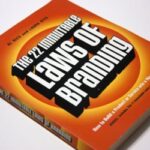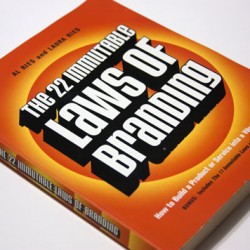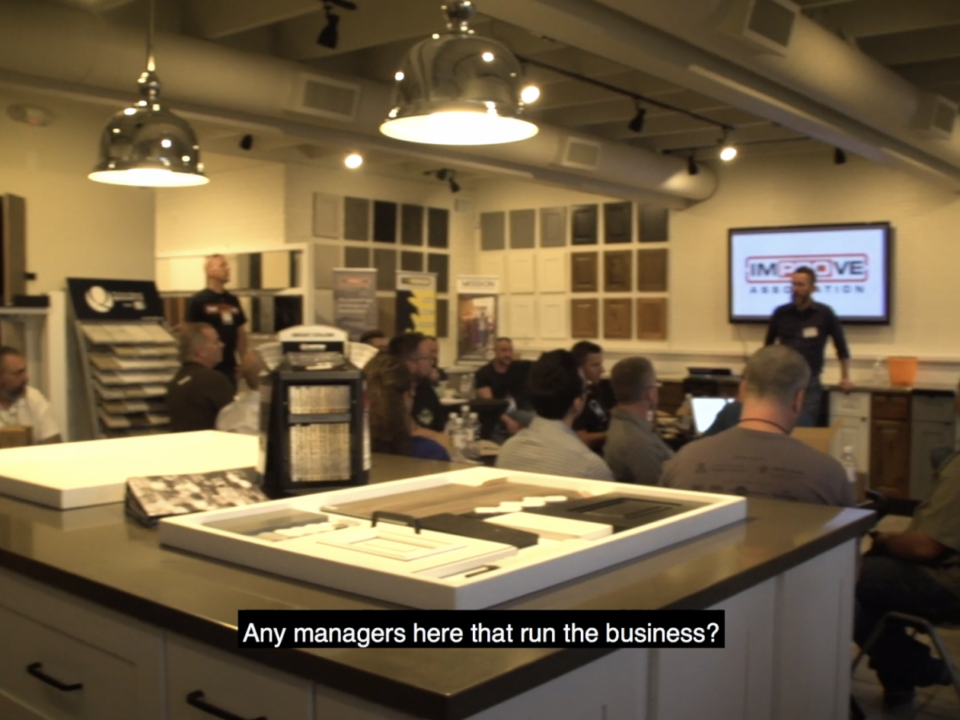
Branding 101 | The 22 Immutable Laws of Branding | Part two
May 14, 2013Branding 101 | The 22 Immutable Laws of Branding | Part 1
Are you interested in “branding”? What is branding? How can I build a better brand? These are some of the questions that entrepreneurs often face at one point or another. The term “branding” has become quite a popular buzzword in recent years and there are many new experts in the field who offer useful information. However, there are two people in particular who really pioneered the modern understanding of branding. Al Ries and Jack Trout. These two gentlemen began writing about branding and positioning in 1972 for Ad Age magazine. Eventually, The 22 Immutable Laws of Branding was born and the rest they say, is history. Part of that history is Al Ries’s impressive portfolio of major brands from Apple, to Xerox. I highly recommend reading the actual book, it will change the way you think of your business, you can find the book at your local bookstore or online.
Over the next several months on the SmartWrap blog we are going to take a look at these “Immutable laws” and see how the information might be useful for businesses considering vehicle wraps and graphics. In this post we’re going to look at the first to laws: The Law of Expansion and the Law of Contraction.
Law #1: The Law of Expansion: “The power of a brand is inversely proportional to its scope.” Another way to say this is “Trying to be all things to all people undermines the power of the brand.” To me, this means: being known for doing one thing is a lot more effective than being known for a number of different things. If you can get people to think about your brand with a single word, and have them think of that single word when thinking about your brand, then you have a really really powerful brand. Let’s think about this in terms of a restaurant. Do you want to be known as a great steakhouse, or a place that has everything, but is not known for being great at anything. Do you want to be a Morton’s, a Flemings or Ruth’s Chris, or do you want to be thought of as a buffet? It’s okay if you want to be a buffet, but just realize that how people perceive your brand has a tremendous impact on the value of your brand when it comes time to sell your business. A great example of this is Skippy peanut butter. Hormel recently acquired the Skippy brand from Unilever for $700 million dollars CASH. This is just about double Skippy’s yearly sales, not profit, but sales. Could you imagine selling your business for double your yearly sales? That is what the power of a great brand will do for you. Skippy is known for peanut butter. Smooth, and chunky. That’s it. Just peanut butter. $700,000,000, Cash.
Law #2: The Law of Contraction: “A brand becomes stronger when you narrow its focus.” Al Ries says this another way by stating: “By narrowing the focus to a single category, a brand can achieve extraordinary success.” One very good example of this is In-N-Out Burger. Most fast food restaurants have lots and lots and LOTS of different foods on their menus. Not In-N-Out Burger. They have hamburgers and french fries. No chicken sandwiches, fish sandwiches, chicken nuggets, salad wraps, baked potatoes, soups. Just hamburgers and french fries. And if you visit an In-N-Out burger you will notice their drive-thru is lined up around the corner, and inside the restaurant there are customers lined up to buy from a very limited menu. This totally goes against the conventional wisdom that giving consumers more choice is a good thing. The lines at In-N-Out Burger say otherwise.
Another great example is the Charles Krug winery in Napa Valley. Although, the Charles Krug winery is not a powerful, universally recognized brand like Coca-Cola or Apple, among wine consumers and aficionados it is one of the most recognized brands in the world. The Charles Krug winery is the oldest commercial winery in Napa Valley, and one of only 3 remaining original family owned and operated wineries in Napa. I was lucky enough to have dinner with the owner, Peter Mondavi, earlier in the year and we discussed branding, marketing and positioning. Peter said that back in the 1950’s and 1960’s the winery produced more than 50 different kinds of wines. Basically, they wanted to be able to sell a bottle of wine to anyone. A number of years ago, they made a strategic decision to drastically reduce their product line and limit their focus. Today, 65% of the 70,000 cases produced every year are red (Cabernet). Remember the earlier statement that having a strong brand allows you to charge a premium not only when you sell your business, but also while you’re in business? As a result of becoming well known in the wine world for red wine, the Charles Krug Winery’s entry-level wine is priced at $20 a bottle. Their mid range wine is $50 while their high-end wine is $100 a bottle. You don’t get to charge $50-$100 for a bottle of wine if you don’t have a strong brand. Your brand doesn’t become strong in a category by being in every category and producing everything that any potential customer might want.
In terms of the relevance to SmartWrap, we have taken to heart these first 2 laws. At SmartWrap we have made a strategic decision to not to try to be all things to all people, and to narrow our focus and scope of business. This is why at SmartWrap we no longer do simple racing stripes, motor cycle wraps, or small personal water craft wraps. We also do not make signs, business cards, letterhead, website design. At SmartWrap we want to be known for vehicle wraps, and in particular the vehicle wraps with the best, smartest and most effective designs, and the highest quality installs. As difficult as it was to turn away paying customers in the beginning, in the long run it served all of our customers better to have us focus strictly on cars trucks and vans and we are happy we made the decision.
Are you a business owner? Have you read the 22 immutable laws of branding? How do you think these two laws could be used effectively in your world?



